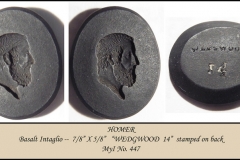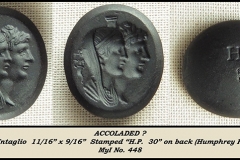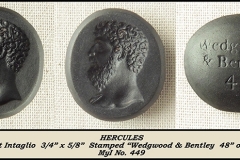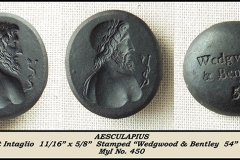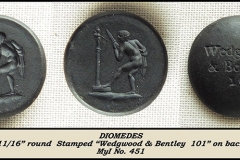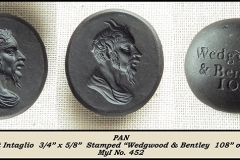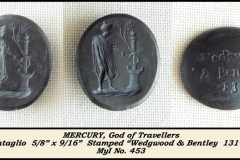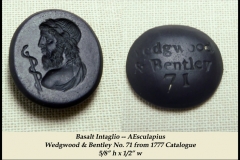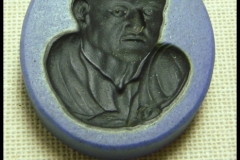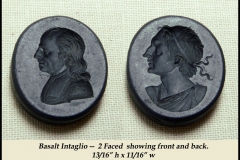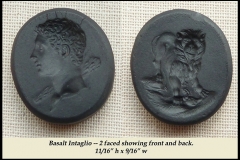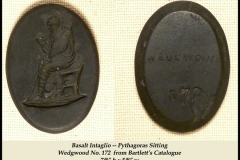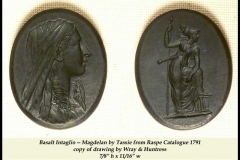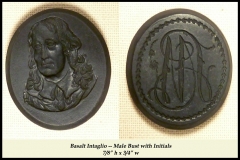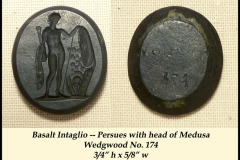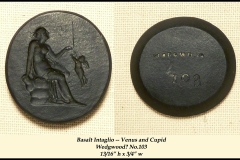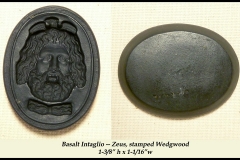Basalt Intaglios? Basalt is lava, right? Those bowls you mix guacamole dip in. Yep! So what’s it got to do with intaglios? We’ll get to that in a minute. First, let’s explain that in geology terms, basalt is a dark-colored, fine-grained, igneous rock. It most commonly is found as a lava flow. It’s usually grey to black in color, but rapidly weathers to brown or rust-red due to oxidation of its iron-rich minerals into hematite and other iron oxides and hydroxides – so much for the technical stuff. Still no connection with intaglios.
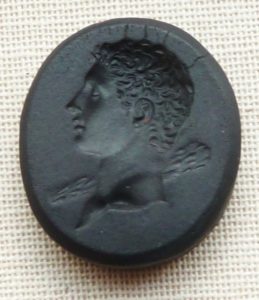 Here’s the connection. In way back times (think ancient Egyptian and Grecian times) artisans made a very fine black pottery that was carved into (sound familiar?) or painted on. Quick forward to the mid 18th century to the potteries in middle England in and around Staffordshire. One of the most famous and innovative was that of Josiah Wedgwood.
Here’s the connection. In way back times (think ancient Egyptian and Grecian times) artisans made a very fine black pottery that was carved into (sound familiar?) or painted on. Quick forward to the mid 18th century to the potteries in middle England in and around Staffordshire. One of the most famous and innovative was that of Josiah Wedgwood.
Around 1766 Wedgwood developed a clay mixture that fired to a black color, more durable and refined than any produced before it. He called it “Basalte”. He initially used it to reproduce the black vases that had been made by the Greeks. He soon discovered that it could be used to mass produce classical designs or even modern carvings of contemporary eminent individuals on small trinkets – basalt intaglios! They became highly prized and were, of course, widely imitated.
Here are a few examples–
